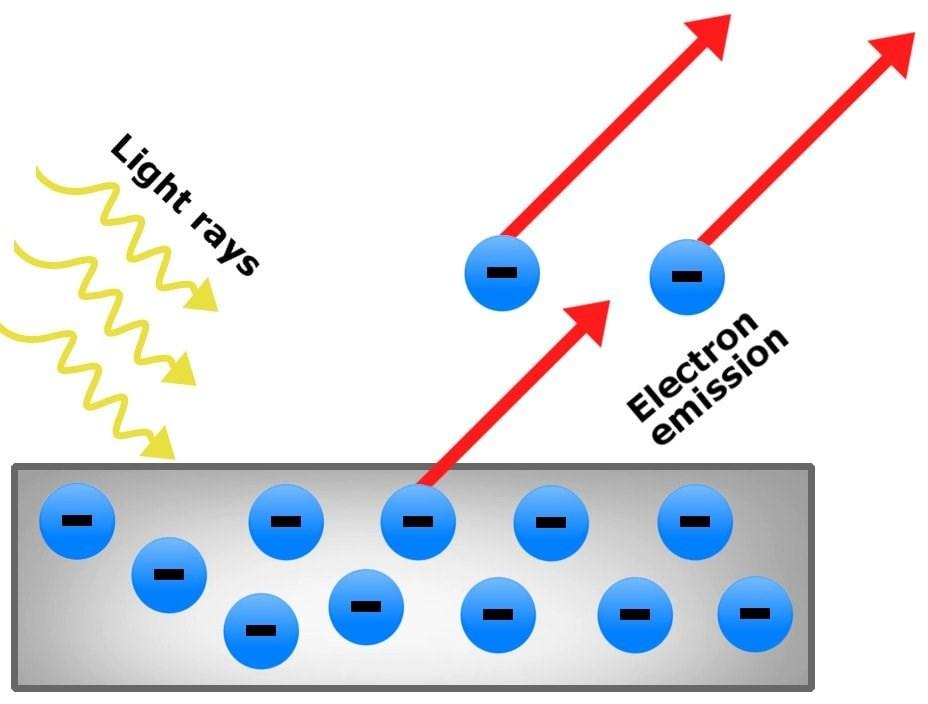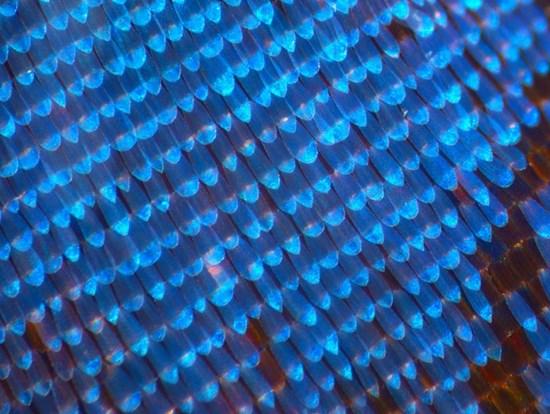
4 minute read
Quickfire Page
Dear BaCoN enthusiast…
This is the first ever BaCoN ‘quickfire page’. In an effort to receive more input from outside the BaCoN team and improve readability, we decided to include some shorter articles alongside the longer ones. These articles don’t have to adhere to the ‘main theme’ of the issue. The picture should have a short explanation. Anywhere from 50-200 words will do! Submissions are open at all times. Simply send your image alongside your caption to:
baconmagazine@wellingtoncollege.org.uk.
Photoelectric Effect:
Continuous light hits onto electrons, but they don’t budge and get knocked out of their atoms, why is that the case? It turns out that no matter the length of time the electron is under light (or photons) for, the light has to meet a specific threshold frequency in order to ionise electrons. This effect could not be explained by the wave nature of light, thus when Einstein suggested the wave-particle duality nature of light, all the pieces came together. This is because light r a ys f a ll i ng belo w t he n ec es s ar y frequency, also the necessary energy ( E n e r g y = P l a n c k ’ s c o n s t a n t x frequency) would not be able to be ionised out of the energy levels of atoms no matter the length of time. The idea is that the electron instantaneously absorbs and emits the photon and therefore a singular electron would need the necessary energy instead of cumulat ive amounts of energy of multiple sources. This concept would not work with light being a wave due to the continuous energy transfer of wave not allowing time for the electron to reemit photons.
- Rain (M)

Location: Winton, Queensland. Photographer: Mr Evans In the photo above, there are four large footprints .These footprints likely belonged to a large carnivorous dinosaur, a therapod named Tyrannosauropus. The footprints are around half a metre long. This large dinosaur seems to have disturbed a group of over a hundred coelurosaurs (two-legged turkey-like dinosaurs) called Skartopus and the larger emu-like Wintonopus. There are therefore footprints from three different species preserved here, and it is currently the only example of a dinosaur stampede in the world. The footprints were preserved by rising water levels which covered these tracks with sandy sediment before the mud had dried. This sandy sediment eventually formed rock, preserving the footprints until they were discovered by a local farmer in the 1960s. Even though the stampede likely lasted no longer than four minutes, we can still see evidence of this 95 million years later. This supposedly inspired Steven Spielberg’s famous stampede scene in 1993’s Jurassic Park.
- Mr Evans, Deputy Head (Academic)
Pangolins
Pangolins are solitary creatures that are native to Southeast Asia and SubSaharan Africa. These anteaters are the only mammals that are completely covered in scales. When under threat, the pangolin rolls into a ball and is protected by their scales. In traditional Chinese and Vietnamese medicine their scales are used to ‘treat’ cancer, alongside other ailments. Their scales are made of keratin, also found in hair and the horn of a rhino. In 2017, Chinese officials confiscated more than 13 tonnes of pangolin scales (~30,000 pangolins). This was one of the largest seizures on record. They are also sold for their meat, with some estimating that all eight species could be extinct within a decade. It is estimated that 100,000 pangolins are smuggled every year into Southeast Asia to form part of the illegal wild-life trade. The UN estimate it could be worth up to 23 billion dollars annually, making it the fourth most lucrative industry after narcotics, human trafficking and arms dealing. The trade of pangolin species has since been banned.
This photo was taken by Brent Stirton and won first place at the Sony World Photography Awards in 2020.
- Mrs Edmunds, Head of Biology


Blue Morpho Butterfly Wing—Nipam Patel
Colour blue
When you look up at the sky, all you can see is blue. It envelopes our whole globe, yet naturally, blue pigments are very rare. Most blue things in nature aren’t actually blue. From birds and butterflies, to blueberries— these are not truly blue. So what is it that makes it appear blue? This is nature solving biological problems with engineering. First of all, what are pigments? These are chemicals produced by organisms resulting in selective colour absorption. A human can see light in the visible part of the spectrum from the 400nm region to the 750nm region. However, in the example of most butterflies and birds, there is no chemical to selectively absorb certain wavelengths. The things that makes it blue are the microscopic structures. The blue morpho butterfly’s wings are made up of tiny scales. Within these scales are microscopic ridges with branched structures similar to that of a Christmas tree. Each wavelength of light will reflect off a certain branch at different part of the structure. These light phases out and are not seen by the eye. However, blue light has the perfect wavelength, being reflected. We then perceive the colour of these wings as blue. From a different angle, the colour and shading of the wings of these morpho butterflies will appear slightly differently.-Deuce, OW (T)





